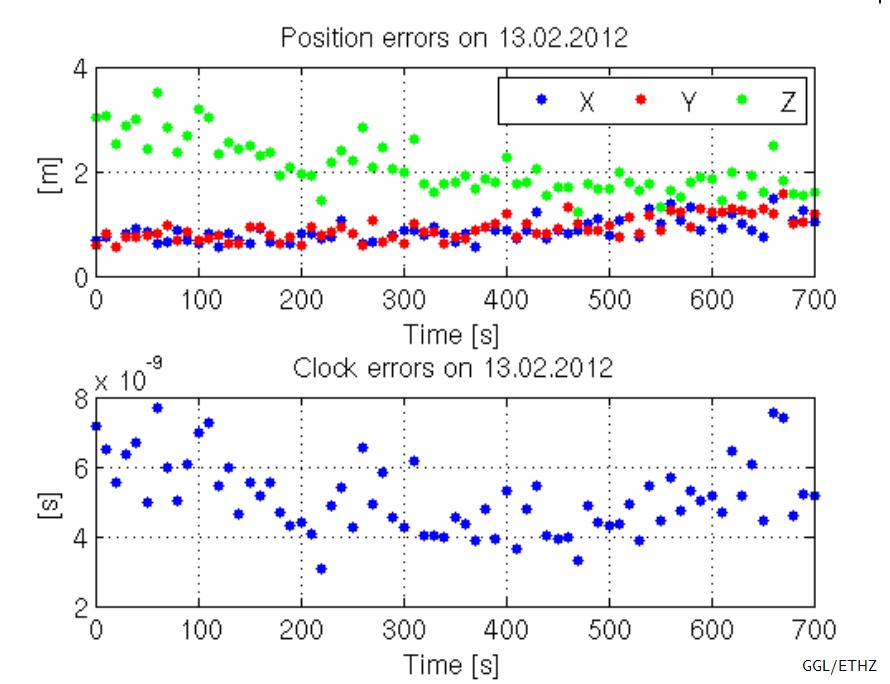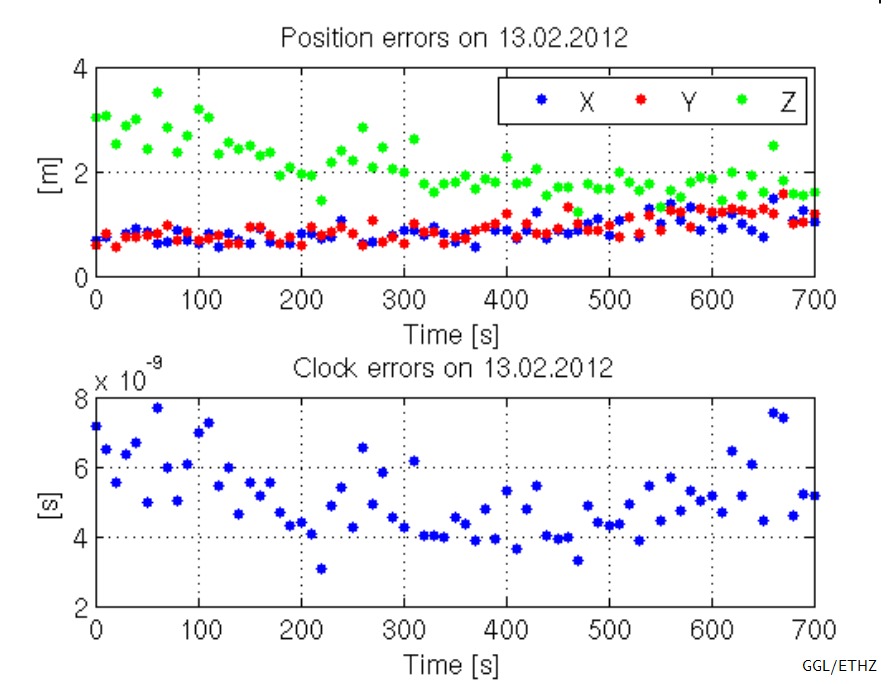CADRE

Active space debris removal is an area of growing scientific interest. According to ESA over 5000 space launches in over six decades have lead to an in-oribt debris population of over 20'000 track-able objects (greater than 10 cm in size). Due to the enormous relative velocities, even collisions with small debris can have hazardous consequences for operational spacecrafts.
The aim of the ESA GSTP activity "CubeSat Active Debris Removal Experiment” (CADRE), which is led by the Swiss Space Center at EPFL, is to recommend to ESA a feasible approach for an "In-orbit demonstration" of different active debris removal techniques using CubeSat technologies. Mainly technologies are to be tested which would also be applicable in missions to remove larger debris.
Active Debris Removal (GSTP 5.4)
According to the data of European Space Agency (ESA), a large amount of space debris (over 20000 trackable objects larger than 10 cm in size) is becoming an unignorable problem for diverse space missions due to their enormous relative velocity. In order to prevent disasters, different techniques were tested to remove large space debris. The ESA GSTP activity "CubeSat Active Debris Removal Experiment” (CADRE) led by the Swiss Space Center at EPFL is aimed to provide a feasible approach for an "In-orbit demonstration" of these techniques.
Within this project, the GGL provided expertise regarding the application of GNSS receivers on such a demonstration satellite. It performed a survey of available receiver types, also describing the necessary hardware and software integration efforts, and provided information on orbit determination accuracies when applying GNSS in a relative measurement setup. Furthermore, a Matlab Tool simulating the position and clock error of a Low Earth Orbit (LEO) satellite receiving observations from GNSS satellites was developed based on the satellite geometry.

